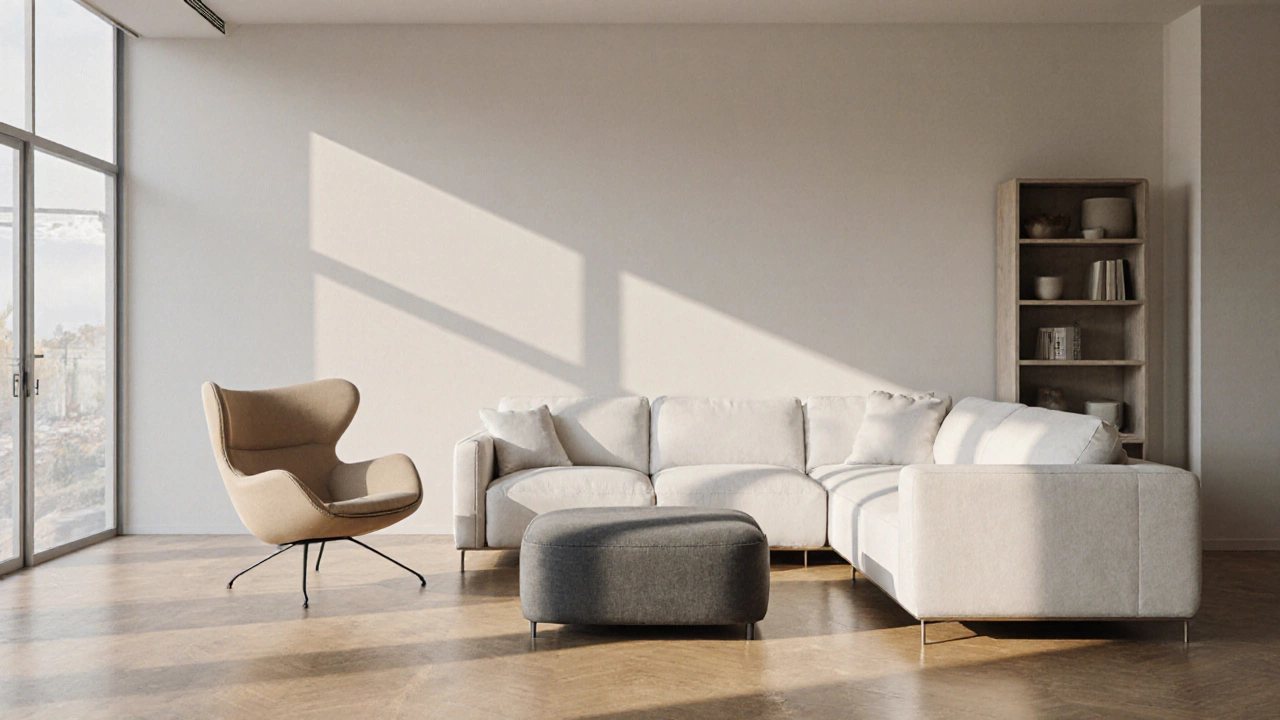Interior Design Colors: Your Quick Start Guide
When working with interior design colors, the hues you pick for walls, furniture and accessories that shape a room’s look and feel. Also known as home color schemes, they blend art and function to make spaces feel cozy, lively, or calm.
Understanding color theory, the principles of hue, value, saturation and harmony is key because interior design colors are built on it. Color theory tells you why a muted green can balance a bold orange sofa, and how complementary shades create visual interest. In practice, you’ll mix a paint palette, a curated set of paint swatches chosen for a specific room that follows those rules. A well‑planned paint palette simplifies the selection process, ensures the hues work together, and saves you from costly repainting later.
How Wall Color and Color Psychology Shape Your Space
Choosing the right wall color, the primary coat applied to your walls is more than a decorative decision; it sets the room’s mood. Color psychology, the study of how colors affect emotions and behavior shows that soft blues can calm a bedroom, while bright yellows boost kitchen energy. By matching wall color to the desired atmosphere, you create a cohesive experience that aligns with how the space will be used. This link between wall color and psychology means interior design colors don’t just look good—they feel right.
Below you’ll find articles that break down these ideas further: guides on lasting office chairs, durable outdoor woods, bookshelf styling tips, and more. Each post ties back to the core concepts of interior design colors, giving you actionable takeaways for every room in your home.
Best Neutral Furniture Colors That Match Any Décor
Discover the neutral furniture colors that match any décor, learn how to pick the right shade, and avoid common pitfalls for lasting style.
More
